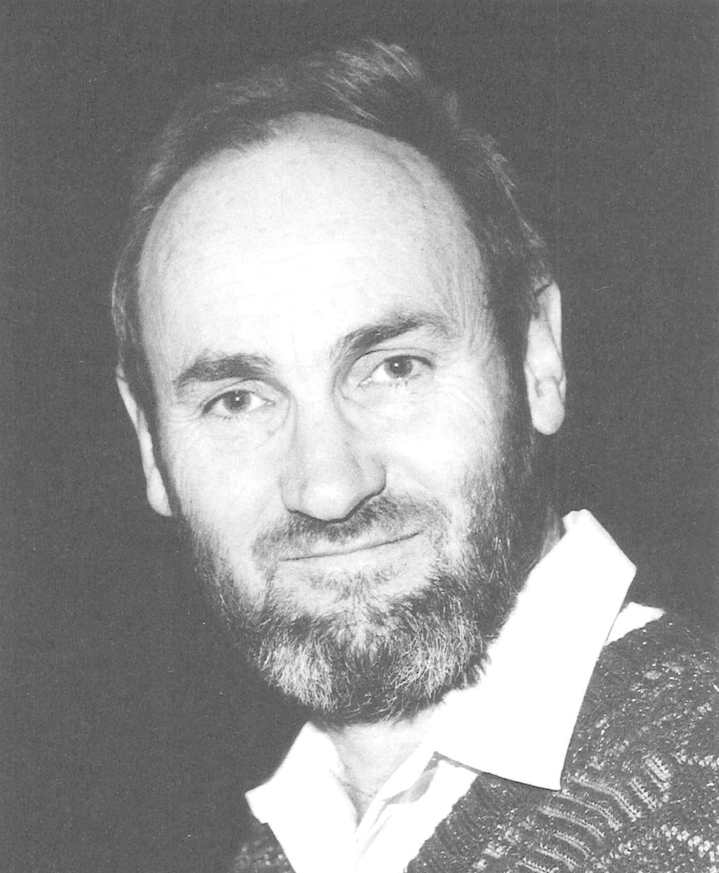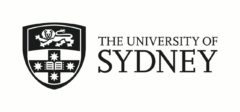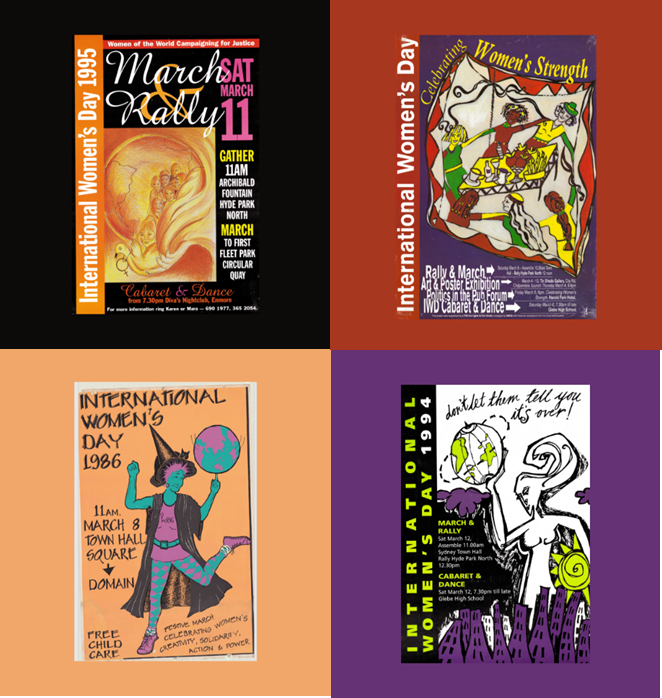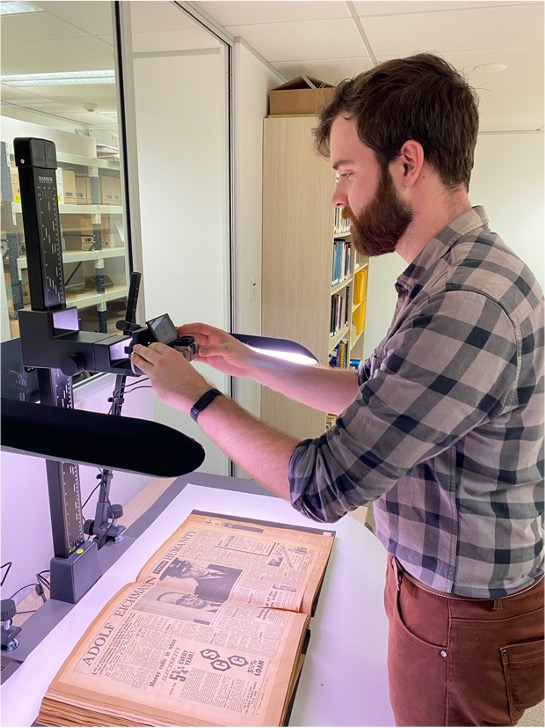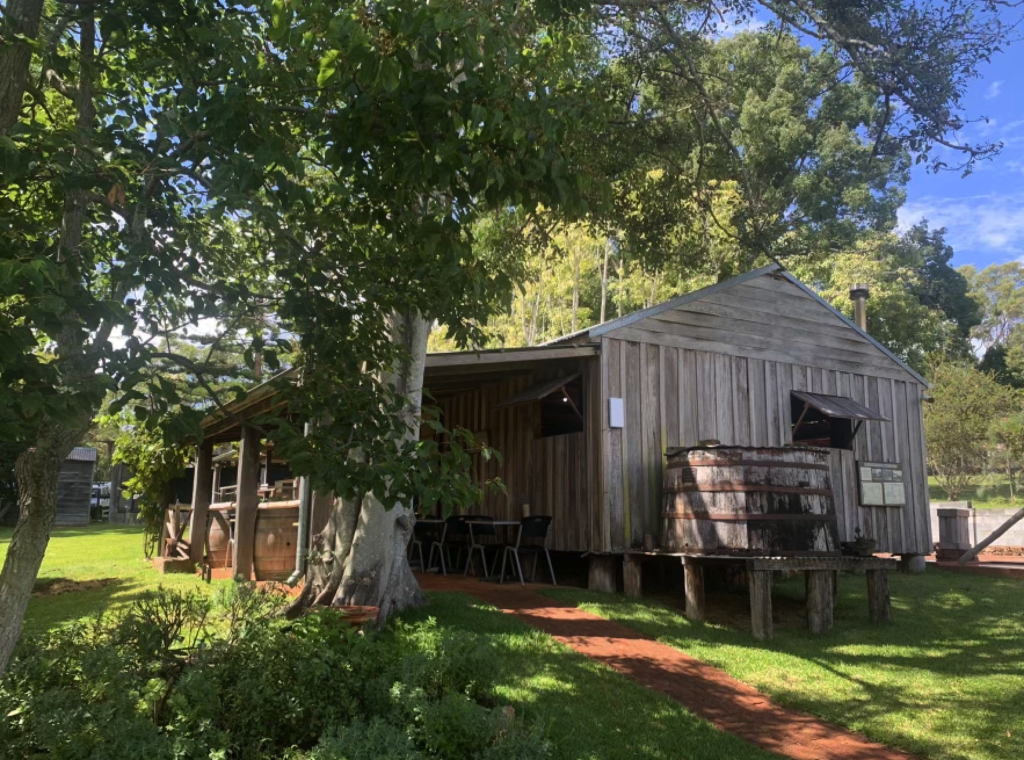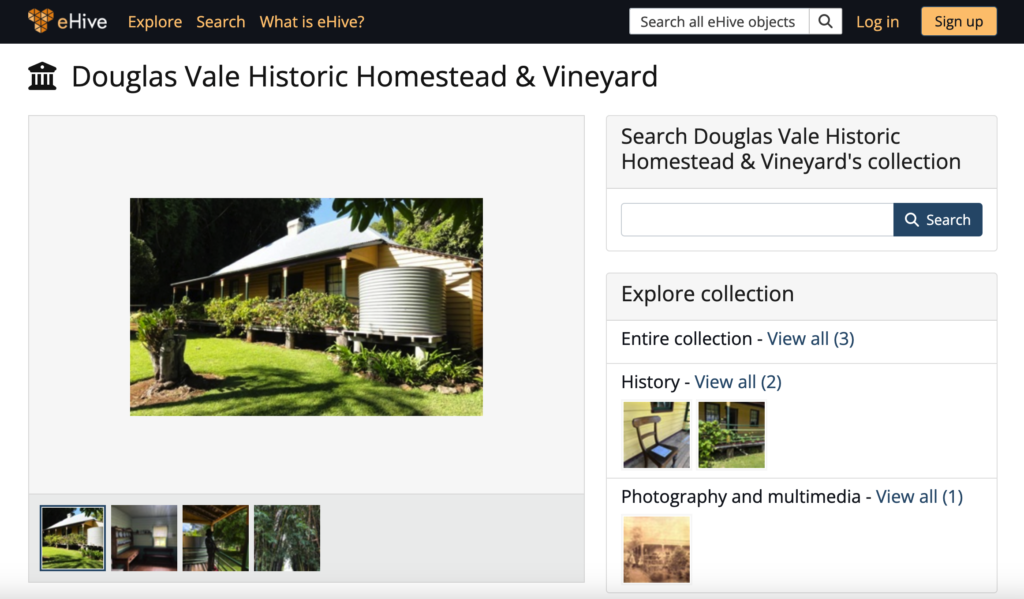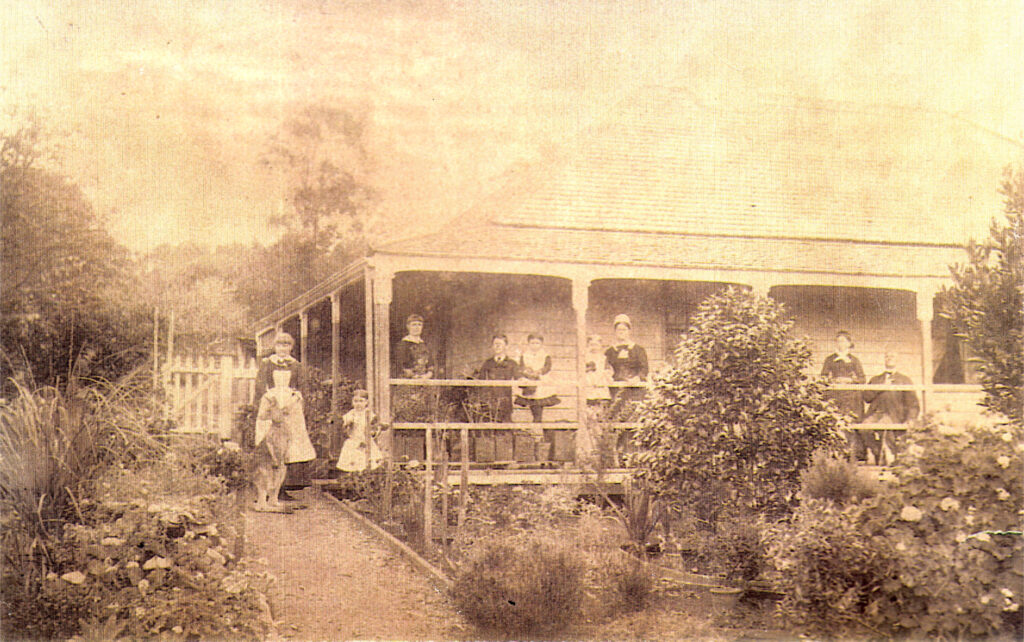John Oastler Ward, 1940-2023
Dr. John O. Ward, who retired in 2003, taught and researched medieval history at the University of Sydney for 36 years. Born in Melbourne, John received his PhD from the University of Toronto Graduate Centre for Medieval Studies in 1972, with a dissertation whose first volume was later published as Classical Rhetoric in the Middle Ages: The Medieval Rhetors and Their Art, 400-1300, with Manuscript Survey to 1500 CE. A prolific and imaginative historian, John also authored, edited, and co-edited several books and dozens of articles on the reception of classical rhetoric in the Middle Ages and Renaissance. These include a volume on Ciceronian rhetoric in its medieval and Renaissance commentary tradition (written and edited with Virginia Cox); a volume on Abelard in the 1130s (with Juanita Ruys); an edition of William of Champeaux’s ‘Commentaries’ on Cicero’s De inventione and the Rhetorica ad Herennium (with Juanita Ruys); and an authoritative article on the De inventione and Ad Herennium for the Catalogus Translationum et Commentariorum Medii Aevi. In sum, John was one of the world’s foremost historians of the rhetorical tradition, alive to its transformations and continuities across Antiquity, the Middle Ages, and Renaissance.
A voluble, witty, and much beloved teacher, John was renowned for his engaging classroom analysis of historical sources and he paid equal attention to all his students, weak and strong alike. Over the years, he offered classes on humanism, witchcraft, heresy, gender, the Crusades, feudalism, and other topics. He fostered his students’ research interests and helped them publish their findings, as in the essay collection co-edited with Francesca C. Bussey, Worshipping Women: Misogyny and Mysticism in the Middle Ages (Sydney, 1997), consisting of thesis research undertaken by Honours students in History. He was also famous for his occasional appearances in full medieval regalia, whether as Pope Boniface VIII or the Devil himself.
In addition to his university work, John was an Ashfield Municipal Councillor from 1977-91, and Mayor of Ashfield from 1991-95. At the University of Sydney, he was a charter member of the Centre for Medieval Studies (CMS), later renamed the Medieval and Early Modern Centre (MEMC), the longest-lived research centre in the Faculty of Arts and Social Sciences. Thanks to a quiet benefaction John made in 1997, MEMC will be able to continue supporting student research in this field for many years. An incessant global traveller, a defender of left-wing politics, a lover of steam-trains and opera, and a perennial bibliophile, John was inexhaustibly curious about the world. In the words of his friend and colleague Rod Thomson: “Mover and shaker, protestor and policy-maker in the outside world, within the university John is the unconventional ironist, shrewd and critical observer, the never bitter, but humorous utterer of unpalatable truths. And with this is connected another paradox: the man who can fulminate, in language colourful but predominantly blue, against the baseness of his fellow man, whether in the political or the academic sphere, is also the kindest and least guileful of individuals, incapable of malicious act or motive, and with a deep attachment to his wife Gail and their children.”
Those of us who arrived in Sydney to be welcomed eventually by John and Gail remember their regular kindness and friendship, always buoyed by John’s winking humour, warmth, and intellectual openness. John always signed off his emails with a double exclamation-point in place of a valediction, a habit we honour here by concluding: we will miss him!!
A service was held in Canberra on Tuesday 9 May 2023, and a celebration of John’s life will be held in Sydney in due course.
John Gagne
Cassamarca Senior Lecturer in History
Director, Medieval &
Early Modern Centre (MEMC)
